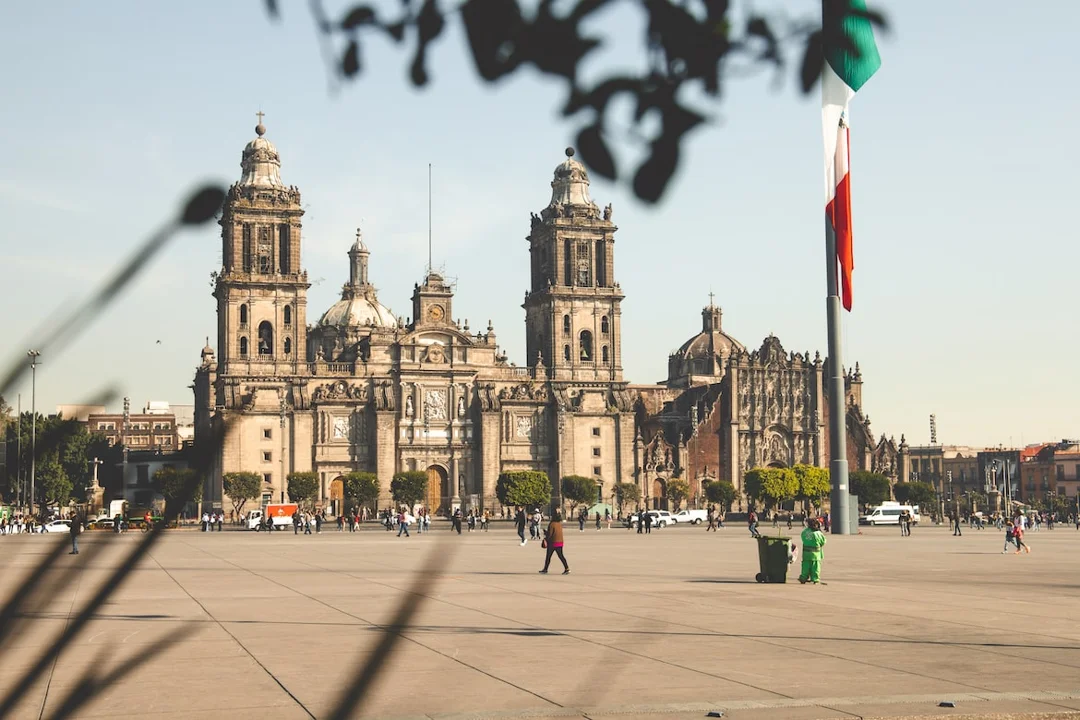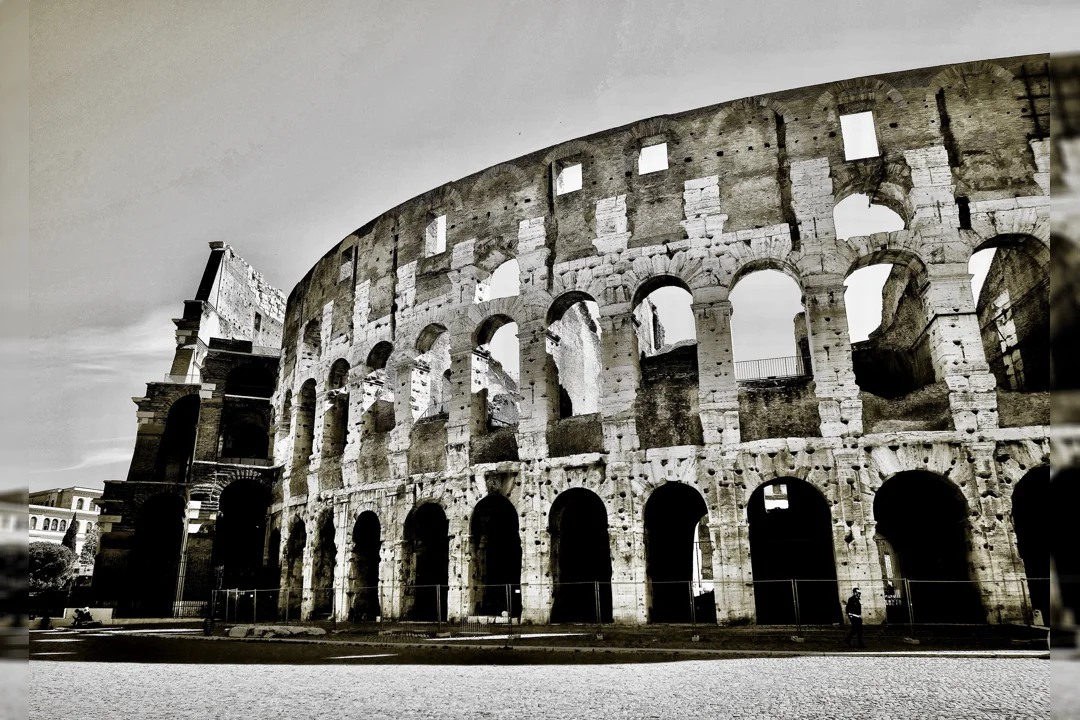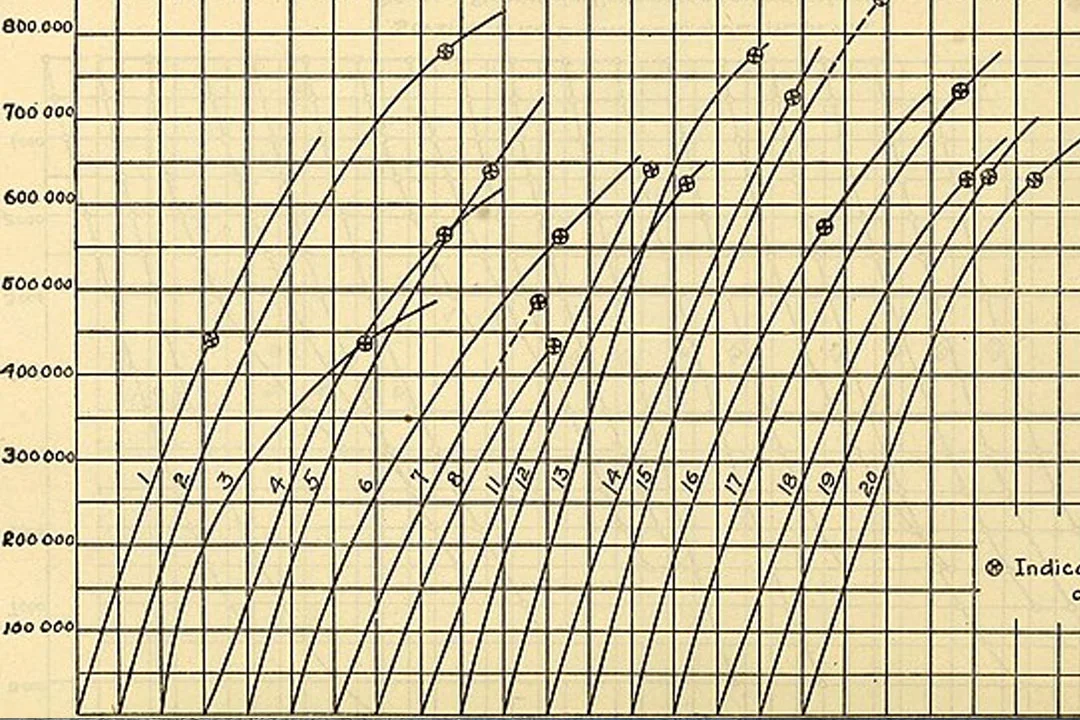Artificial reefs are an important aspect where concrete plays a crucial role in helping to preserve wildlife, prevent coastal erosion and combat climate change.
During the erosion of the last century, different materials have been used to create artificial reefs, including vintage cars, army tanks, sunken warships, railroad cars, and more. But perhaps the most versatile and significant material is concrete, which has been specially designed to mimic the qualities of natural coral, as well as providing a destination for recreational divers.
What are the most used materials for artificial reefs?
In Asia, Africa, the United States, and the Caribbean, scientists have used "reef balls" that are specifically fashioned from concrete to provide a hollow internal sphere to attract fish. Better still, its chemical composition promotes the growth of the organism.
In Quintana Roo, Mexico, construction began in 2014 on the world's longest artificial concrete reef: Kan-Kanán, "guardian serpent" in Mayan. When complete, it will span more than a mile and offer new erosion protections while maintaining the environment and attracting visitors.
Also, the “Silent Evolution” located near Cancun is an artificial reef made of 450 underwater concrete figurines designed by artist Jason deCaires Taylor, who was a big advocate of raising awareness about the plight of corals and other marine life forms.
Near Jemeluk, Indonesia, you can visit the "Pyramids," a set of underwater concrete structures that house habitats for tropical fish and sea turtles.
How can artificial reefs help?
Reefs are important because they provide shelter for marine animals and aquatic vegetation in environments that create vast complementary ecosystems. In some cases, the concrete is specially formulated for the sea conditions where it is to be placed. When concrete recycled from other applications is used, special cleanings and inspections are performed to protect against contaminants.
For example, 20,000 tons of concrete from the Lesner Bridge was reused in the Chesapeake Bay to build an artificial reef known as the "Cabbage Patch," which will support the diversity of marine life and provide better habitats for fish.
Additional benefits of artificial reefs.
Recent analysis has indicated that artificial reefs in coastal cities have strong economic benefits, especially by boosting tourism, boating and other forms of marine recreation, which is a win-win!
Our Lueste professionals will help you with all your needs, as well as construction services for all types of projects. We have a team of experts who can provide you with high-quality wall mixes suitable for your project. We serve CDMX. Call +52 (55) 5598-9348 or contact us online.




